Large Silky Keshi Pearls - very nice!
Product Code: ga4566
Have a question?
Keshi Pearls
Keshi pearls are very much in demand! Keshi pearls sometimes are also called "cornflake pearls" because of the unusual shapes. You may find these same pearls described with a variety of spellings, too, such as "Kashi", "Keshi" or "Keishe". Keishi pearls are formed when the mollusk ejects the pearl bead nucleus but continues to make a pearl.
Cultured pearls
Most pearls these days, are cultured. These natural freshwater pearls occur in mussels for the same reason saltwater pearls occur in oysters. Foreign material inside a mussel can't be expelled. To reduce irritation, the mollusk coats the intruder with the same secretion it uses for shell-building, nacre. To cultivate a pearl, farmers slit the mussel and insert small pieces of live tissue from another mussel.
Colors
Cultured pearls are now created in all shapes, sizes, and colours: white, silvery-white, pink, red, copper, brown, lavender, purple, green, blue, and yellow. The most desirable are the pastel pinks, roses, lavenders, and purples. Natural colour comes from the mussel species and water quality – with pearls taking the colour of the shell in which they form. However, permanent dyes are used today for most saturated colours.
Best pearls
Good pearls have thick overlapping layers of nacre. This can be tested by viewing its lustre. Roll the pearl with a pen in good light - the best pearls will reflect the pen the most. A large pearl is only more valuable if it's the same quality as a smaller one - and the rounder the better. Being an organic gem, grooves, pits, or dents are expected.
Mother-of-Pearl
The shining, playful, and reflected light of mother-of-pearl has always attracted attention. Mother-of-pearl is the mollusks outer protective shell. Today, it's dyed in every colour under the sun - creating attractive, colourful jewellery at an affordable price.

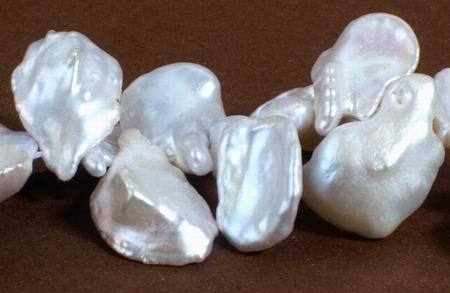
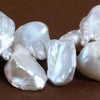
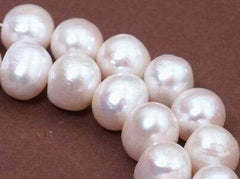

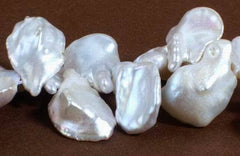
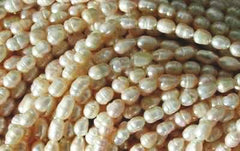
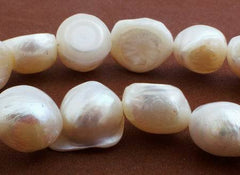
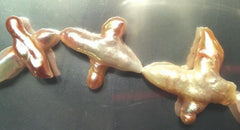
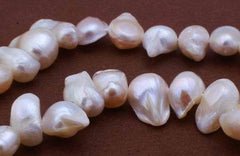
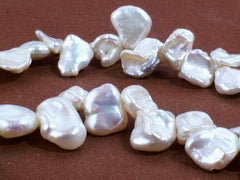


 No Internet?
No Internet?




